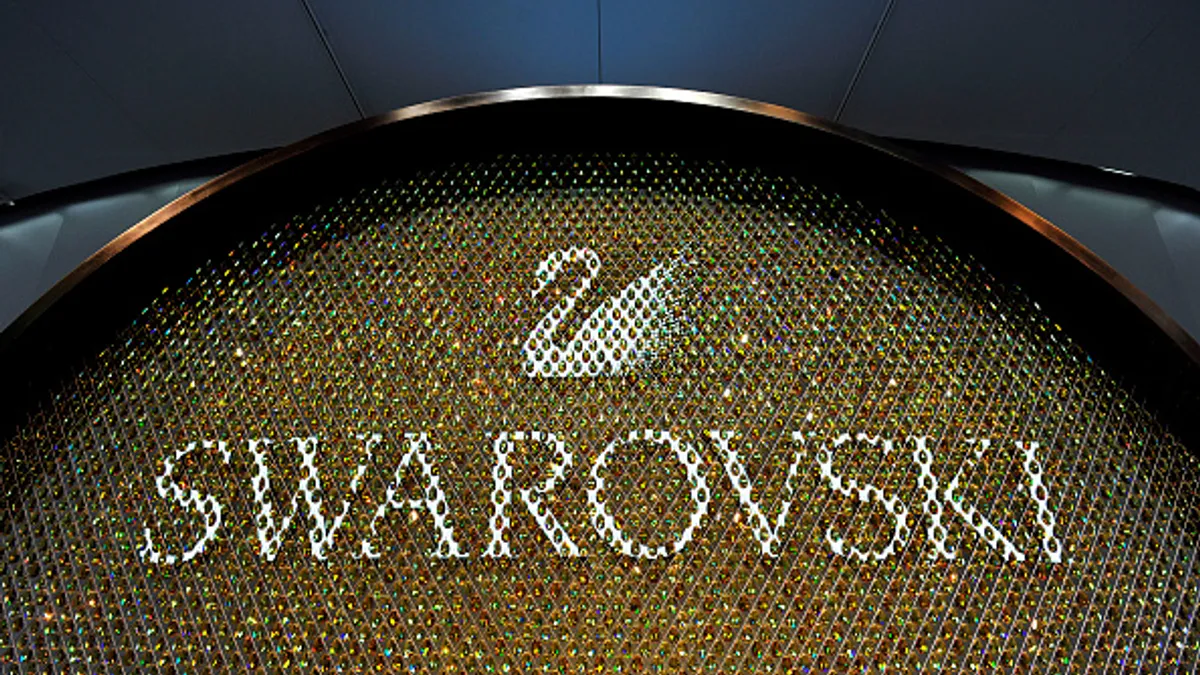In retail, where the service reigns supreme, it only makes sense for companies to build technology with customers in mind.
At Swarovski, a luxury jewelry company, the customer is always top of mind, informing how employees interact with the customer and where the company chooses to innovate, according to Lea Sonderegger, chief digital officer and CIO at Swarovski, speaking during an SAP online event last month.
“For us, it is absolutely key to have these high-quality experiences, particularly in the luxury segment,” Sonderegger said.
Customer expectations have risen and evolved because companies with seamless technology solutions stand out from those with poor consumer interactions. Ineffective processes and systems can disillusion consumers and lead to customer churn.
“I’ve never seen such a high level of change,” Sonderegger said. “I call it digital Darwinism, where technology develops so fast, society is developing fast, customer behavior is developing fast, so companies can almost not cope with it.”
One-fifth of consumers would switch to a competitor after a single negative experience, a Morning Consult survey commissioned by Zoom of 2,200 adults found.
Less than three-quarters of consumers say they have been assisted by knowledgeable representatives, and slightly fewer say their problems were solved, according to the report.
Part of the process of creating high-quality experiences for customers revolves around the company’s clienteling process. Swarovski, which is in the process of moving its software-based digital backbone and e-commerce solutions to the cloud via SAP, has created a 360-degree view of the customer.
This enables in-store sales associates to better understand what the customer might need or want based on data from previous purchases and interactions with the brand.
At Levi Strauss & Co., technology solutions allow the clothing company to turn customer touch points into data that informs tailored communications, personalized offerings and targeted promotions, according to Yulia Groza, the company’s VP of e-commerce technology.
But consumers care about more than ease of use and personalization, Groza said during the event.
“Consumers are becoming more and more conscious about the impact of their purchase on the environment,” Groza said. “Eco-friendly products and reducing packaging waste are among the ways that technologies will prevail and companies are adapting rapidly.”
Most companies — 96% — have at least one sustainability initiative in place, according to a Harris Poll survey of 1,500 business leaders commissioned by Google Cloud. Sonderegger highlighted Swarovski’s move to the cloud as one of the company’s sustainability strategies.
Customer expectations are subject to change. This requires businesses to implement solutions that allow the business to quickly adapt, according to Groza and Sonderegger.
“What is key for us is the technology, but not just the technology,” Sonderegger said. “It’s also the people behind it because the technology is only as good as the people that develop and that use it.”
“That’s part of our strategy at Swarovski, never forget the people aspect within technology,” she said.












